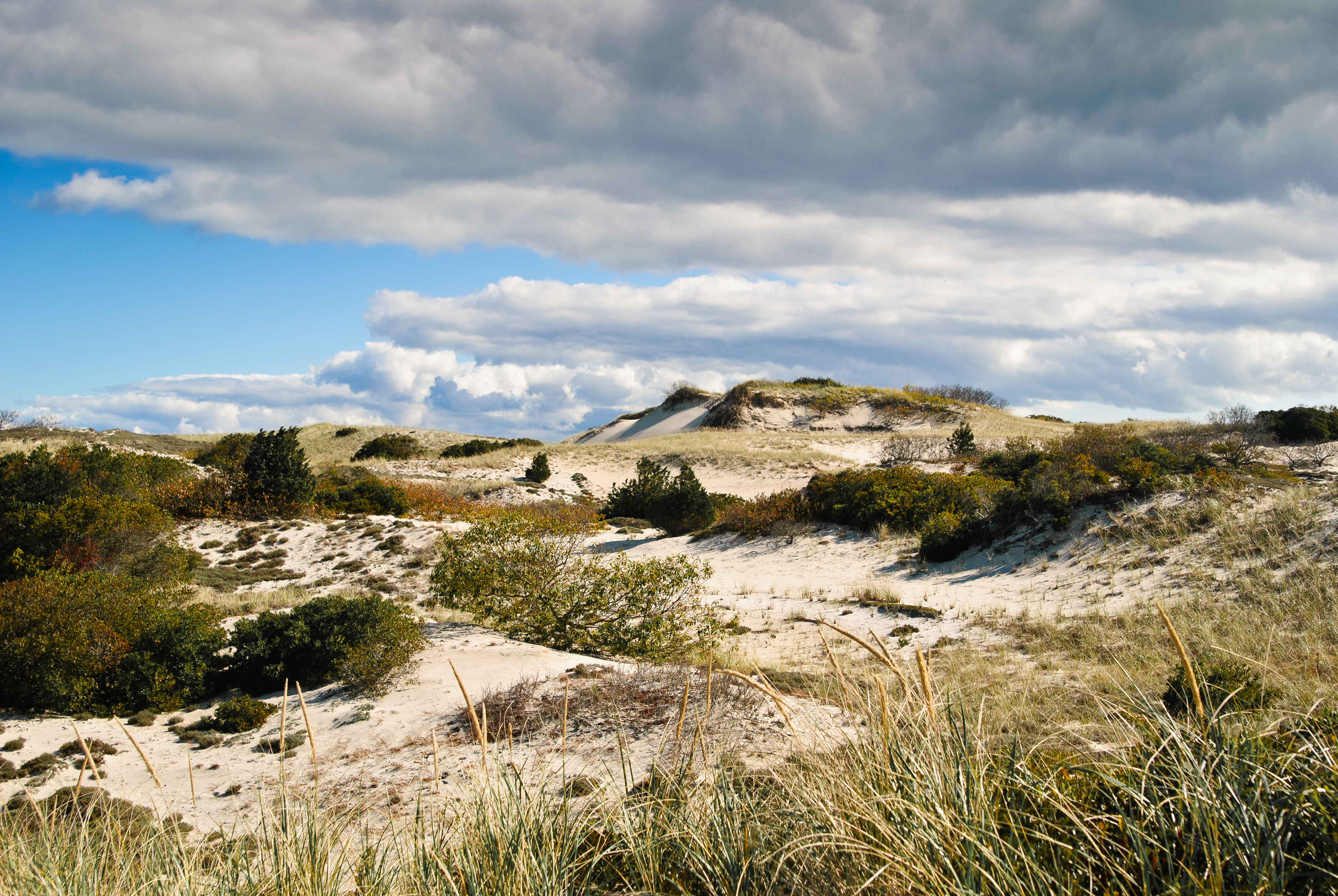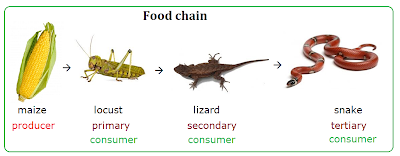On Wednesday, June 1st, we are going to visit GREFA, the wildlife rehabilitation centre. It's a hospital for wild animals! We afre going to learn about the work they do, what kind of animals they help, and lots more.
Here is a link to their website.
What do you think this animal is? Why is it a problem?
Topillo campesino Common vole
It is a species that has invaded the northern meseta (Castilla Leon), creating problems for farmers. The population grew very quickly, so to control it, poison was used. But, this had some bad effects on other animals, too.
GREFA has helped to control the problem using natural predators:
You can read about it here.
While we are there, think about:
--Were any
of the animals there affected by changes to their environment? What type?
Natural
changes: seasonal changes, naturally-caused fires in the chaparral ecosystem….
Changes due
to human activity: pollution, overfishing, forest fires, deforestation….
--What
ecosystems and habitats do we learn about?
--What do
the animals eat? Where do they fit on a food chain?
The Black
vulture (buitre negro) is an animal that is in danger of extinction. Humans
crowded it out of its habitat. The population
of this animal is very low, but GREFA is working to protect it.
What other endangered animals are being helped?
How can we help wild animals?













